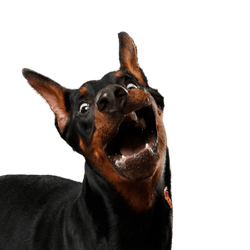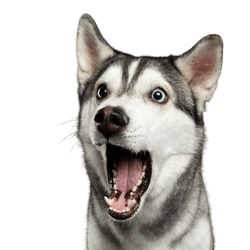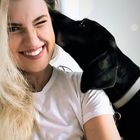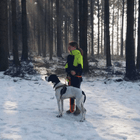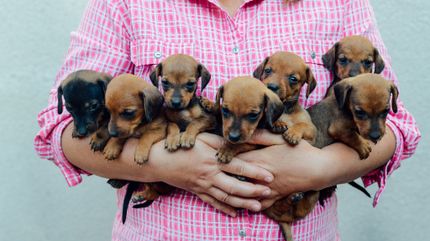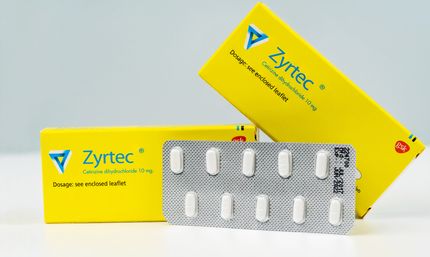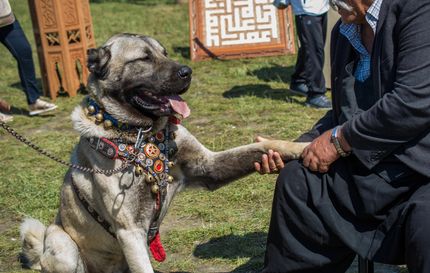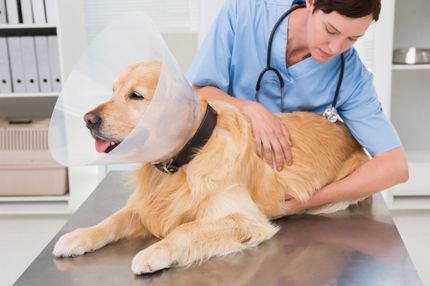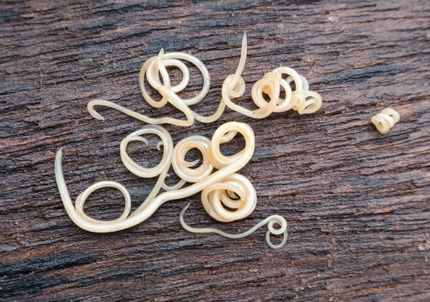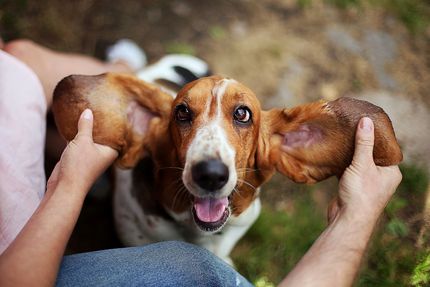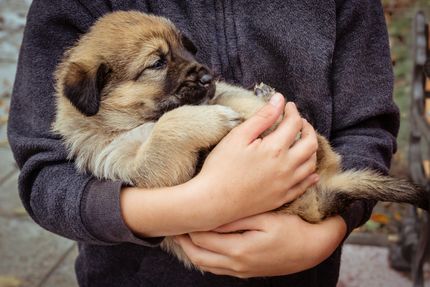Facts & Origin
Origin and history
The Siberian Pinscher, also known as the Doberman and Siberian Husky mix or "Doberman Husky", is a cross between a Doberman and a Siberian Husky. Both breeds have an impressive history - the Doberman was bred in Germany in the 19th century as a guard dog, while the Siberian Husky was used for sledding in the colder regions of Siberia.
This dog breed is relatively new and probably originated in the last 20-30 years, when crossbreeding of purebred dogs became fashionable.
| Alternate Name | Doberman Husky |
| Origin | Germany - USA |
| Life expectancy | 10 - 15 years |
| Care requirements | low-maintenance - high-maintenance |
| Activity level | average - high |
| FCI group | not recognised |
| AKC group | not recognised |
| KC group | not recognised |
More Doberman mixes
More Siberian Husky mixes
Attitude, character and temperament of the breed
Energy and activity
The breeding lines of the Doberman and Siberian Husky mean that the Siberian Pinscher brings a delightful level of energy and passion. From morning walks to afternoon games, this dog likes to be involved in all family activities.
- Extremely active and energetic
- Loves to be involved in activities
They are energetic , intelligent and active. Siberian Pinschers are likely to be lively and adventurous like the Husky, coupled with the alertness and loyalty of the Doberman. They are very people oriented and love to accompany and protect their families.
Training and Suitability
As with any active breed, the Siberian Pinscher needsplenty of exercise and physical activity. Training and socialization are also important to ensure a balanced and healthy dog.
The Siberian Pinscher is suitable for active families and individuals who enjoy spending time outdoors. They need plenty of exercise and mental stimulation to be happy and balanced. Being a mix of working and sled dogs, they love challenges and activities.
Character
Grooming and health
The Siberian Pinscher may inherit an excellent dense coat from the Siberian Husky or a short, smooth coat from the Doberman. Therefore, their grooming needs may vary. Weekly brushing is sufficient for the short Doberman coat, while the dense Husky coat may require daily brushing.
This mixed breed may be prone to certain health problems:
- Hip dysplasia
- Cardiomyopathy (heart disease)
- Hypothyroidism (thyroid disease)
It is important to ensure regular vet visits to treat these pronounced.
Breeding the Siberian Pinscher
A responsible breeder will always operate under strict breeding standards to ensure the health and vitality of each generation. This means that both the Doberman and Siberian Husky parents should be fully health tested before being used for breeding.
What does this mongrel look like?
Aesthetically, the Siberian Pinscher is an impressive dog. Its strong and muscular body is characteristic of this crossbreed. With its light blue or brown eyes and striking facial features, it attracts all eyes.
His coat is mostly short to medium length and the coat colors are very different . They range from black, brown, gray, white to various combinations of these colors.
The size of Siberian Pinschers can vary, based on the characteristics of their parents.
| Fur length | short - medium |
| Fur | flat coated |
| Ear shape | Floppy Ear - Standing Ears |
| Tail | lang - fanned out |
| Anatomy | strong, sporty, square, rugged, strong, sporty |
| Size ♀ | 50 - 68 cm |
| Weight ♀ | 16 - 45 kg |
| Size ♂ | 54 - 72 cm |
| Weight ♂ | 20 - 35 kg |
| Suitable For | - |
Known Diseases
Hypothyroidism
Hypothyroidism is a condition in dogs where the thyroid gland does not produce enough thyroid hormones. This can lead to a slowed metabolic rate, weight gain, fatigue, hair loss and other symptoms.
Hip dysplasia (HD)
Hip dysplasia (HD) is a genetic condition in dogs where the hip joint is not shaped properly. This leads to pain, stiffness and restricted movement.
Wobbler syndrome
In veterinary medicine, this is the name given to a complex of symptoms caused by nerve damage in the area of the spinal cord or spinal cord nerves in the area of the cervical spine.
Blue Doberman Syndrome
Blue Doberman Syndrome (Alopecia). This is a hereditary disease that leads to progressive hair loss.
Dancing Doberman Diseas
Initially, there is only bending of the legs, which is caused by muscle failure. In the advanced stage, the disease then leads to paralysis.
Ataxia
Ataxia (from Greek ἀταξία ataxia 'disorder' 'irregularity') is a generic term in medicine for various disorders of movement coordination. Ataxia can occur even when there is no paralysis (paresis), that is, when there is normal muscle strength.
Heart disease
Can occur frequently in dogs and can sometimes be treated with medication.
Eye diseases
Often occur with allergies and intolerances.
Skin inflammations
Can be hereditary in certain breeds.
FAQ
-
He has typical characteristics of a Doberman such as the intelligence, tenacity and endurance, as well as the energy and liveliness of a husky. He is usually very affectionate, friendly and playful and is also suitable as a family dog.
-
As with any other breed, individual health problems can occur in these dogs. Some of the most common health problems are allergies, skin problems, cartilage disorders and behavioral problems.
-
The Siberian Pinscher is a hardy and fairly low maintenance breed. Regular brushing is important to keep the coat in good condition, but he does not need to be bathed often.
-
Yes, he is a good family dog. He is usually affectionate, friendly and playful. He is also intelligent and never tires of learning and exploring something new.
-
Yes, he needs lots of exercise to stay healthy and happy. He is usually very energetic and enjoys spending time outside. He should get at least one hour of extensive exercise daily to use up his energy.
